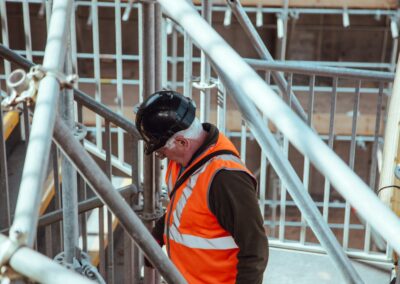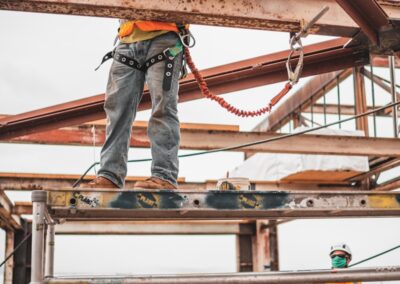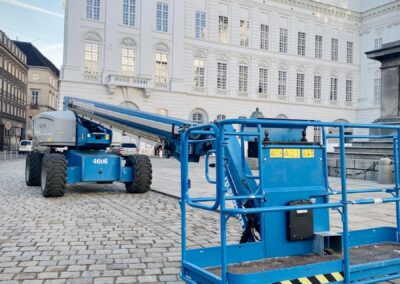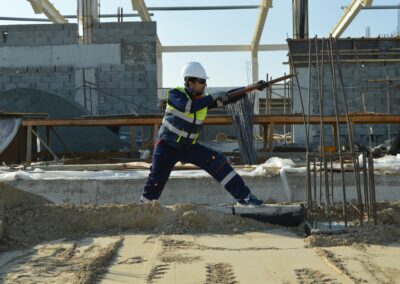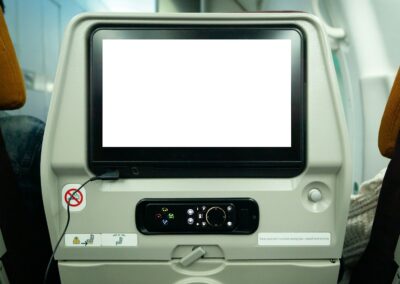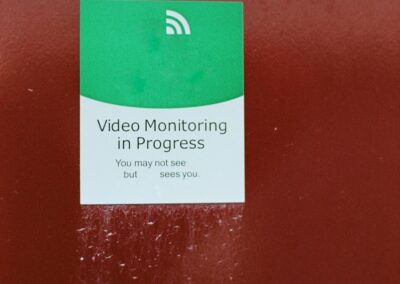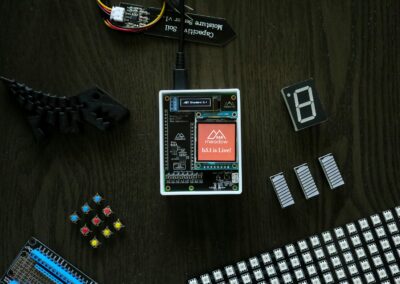The Transformative Role of Digital Twins in Modern Construction Projects
Understanding Digital Twins in Construction
Digital twins in construction have emerged as a groundbreaking technology that enhances communication and collaboration among project stakeholders. By creating a dynamic and digital replica of physical assets, processes, and systems, digital twins provide real-time data and insights that are invaluable for construction management. This innovation allows for better planning, monitoring, and execution of construction projects, leading to improved efficiency and reduced risks.
In regions like Saudi Arabia and the UAE, known for their ambitious infrastructure projects, the integration of digital twins is revolutionizing the construction landscape. For instance, in Riyadh, the use of digital twins in large-scale projects like the King Abdullah Financial District has facilitated seamless collaboration between architects, engineers, and contractors. This technology enables stakeholders to visualize the entire project lifecycle, from design to operation, ensuring that all parties are aligned and informed.
Similarly, Dubai’s rapid urban development has greatly benefited from digital twins. Projects such as the Dubai Creek Tower have leveraged this technology to enhance communication among diverse teams, streamline workflows, and ensure that the construction processes are efficient and effective. The ability to simulate and analyze real-time data allows for proactive problem-solving and continuous improvement, which are critical for the success of such massive undertakings.
Improving Communication Among Stakeholders
The integration of digital twins in construction significantly improves communication among project stakeholders. By providing a single source of truth, digital twins ensure that all parties have access to the most current and accurate information. This transparency reduces misunderstandings and miscommunications, which are common challenges in large construction projects.
In the UAE, digital twins have been instrumental in fostering better communication in projects like the Abu Dhabi Midfield Terminal. By offering a comprehensive and up-to-date view of the project, digital twins enable stakeholders to discuss and resolve issues quickly and effectively. This collaborative approach not only enhances project outcomes but also builds stronger relationships among project participants.
In Saudi Arabia, the use of digital twins in the NEOM project has set a new standard for stakeholder communication. The real-time data and visualization capabilities of digital twins allow for regular and informed discussions among all involved parties, from government officials to contractors. This ensures that everyone is on the same page, which is crucial for the timely and successful completion of such a visionary project.
Facilitating Collaboration and Reducing Risks
The application of digital twins in construction also facilitates collaboration among project stakeholders, reducing risks and enhancing project efficiency. By simulating different scenarios and outcomes, digital twins help identify potential issues before they arise, allowing teams to develop effective mitigation strategies.
In Riyadh, digital twins have played a pivotal role in collaborative projects like the Riyadh Metro. The ability to simulate the metro’s operations and infrastructure in a digital environment has enabled stakeholders to test and refine their plans, ensuring that the final execution is as smooth and risk-free as possible. This proactive approach to risk management is essential for the success of such complex projects.
Dubai’s Expo 2020 site is another example of how digital twins can enhance collaboration and reduce risks. By creating a digital replica of the entire site, project managers were able to coordinate activities more effectively, monitor progress in real-time, and make informed decisions quickly. This level of collaboration and risk management is critical for the success of large-scale events and infrastructure projects.
Conclusion
In conclusion, the integration of digital twins in construction offers numerous benefits, including enhanced communication, improved collaboration, and reduced risks among project stakeholders. Case studies from Saudi Arabia and the UAE highlight the transformative impact of this technology on modern construction projects. By providing real-time data and insights, digital twins enable better decision-making, more efficient project execution, and ultimately, greater success in achieving project goals. As the construction industry continues to evolve, the use of digital twins will become increasingly essential for the planning, management, and delivery of complex construction projects.
#DigitalTwins #ConstructionTechnology #ProjectManagement #Collaboration #Communication #SmartConstruction #SaudiArabia #UAE #Riyadh #Dubai #ArtificialIntelligence #ModernTechnology #BusinessSuccess #Leadership #ManagementSkills



